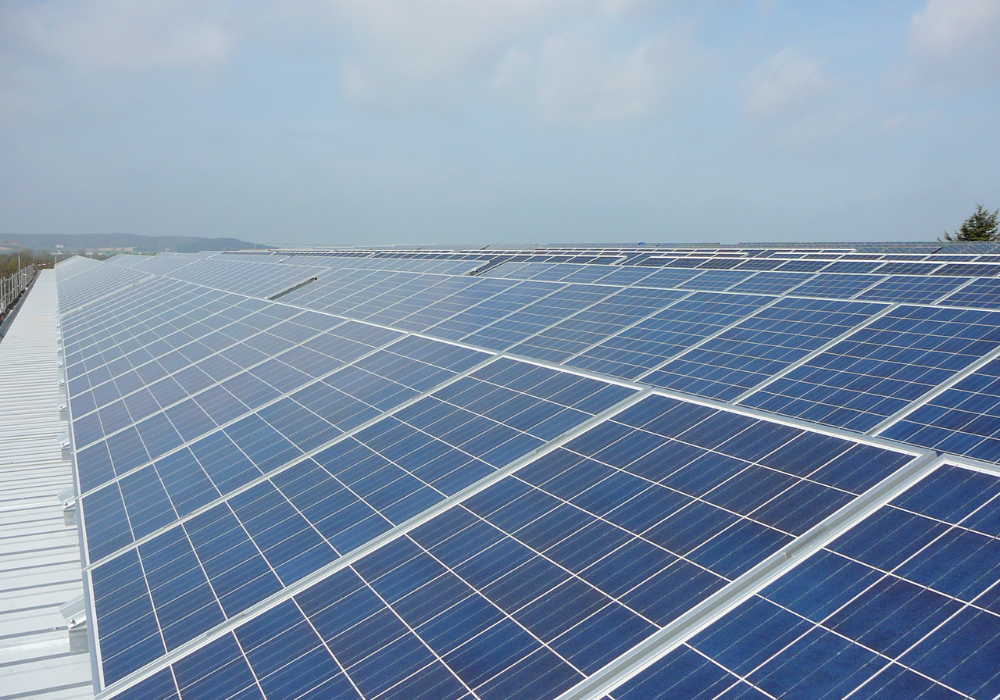
Renewables accounted for almost three-quarters of new power capacity additions across the globe in 2019.
That is according to the International Renewable Energy Agency’s (IRENA) annual Renewable Capacity Statistics 2020 report, which shows the clean energy sector added 176 gigawatts (GW) of generating capacity globally in 2019.
Although that is marginally lower than the revised 179GW total added in 2018, new renewables accounted for 72% of all power expansion last year – with solar and wind making up 90% of the additions.
IRENA director-general Francesco La Camera said he believes renewable energy is a “cost-effective source of new power that insulates power markets and consumers from volatility, supports economic stability and stimulates sustainable growth”.
“With renewable additions providing the majority of new capacity last year, it is clear that many countries and regions recognise the degree to which the energy transition can deliver positive outcomes,” he added.
How renewables accounted for 72% of new power capacity in 2019
The analysis shows renewables expanded by 7.6% last year with Asia dominating growth and accounting for 54% of the total additions.
While the expansion of clean sources declined last year, IRENA noted that total renewable power growth outpaced fossil fuel growth by a factor of 2.6 as it continues to increase in investor popularity.

Renewables accounted for at least 70% of total capacity expansion in almost all regions in 2019, other than in Africa and the Middle East, where they represented 52% and 26% of net additions.
The installations took the renewable share of all global power capacity up from 33.3% at the end of 2018 to 34.7% last year.
Non-renewable capacity expansion globally followed long-term trends in 2019, with net growth in Asia, the Middle East and Africa, and net decommissioning in Europe and North America.
The most popular renewable energy sources in 2019
There was 98GW of solar power added last year, of which 60% was in Asia. But there were also increases in the technology’s adoption across the US, Australia, Spain, Ukraine and Germany.
Wind energy expanded by almost 60GW, led by growth in China with 26GW and the United States with 9GW.
The two power sources now generate 623GW and 586GW respectively – close to half of global renewable capacity.
Meanwhile, hydropower, bioenergy, geothermal and marine energy displayed modest year-on-year expansions of 12GW, 6GW, 700 megawatts (MW) and 500MW.
Asia was responsible for more than half of the new installations, despite expanding at a slightly slower pace than in 2018.
Growth in Europe and North America increased year-on-year, while Africa added 2GW of renewable capacity in 2019 — half of the 4GW it installed the previous year.
More is required to put global energy on a path with sustainable development, says IRENA
While IRENA’s La Camera acknowledged the latest figures are “positive”, he said more effort is required to “put global energy on a path with sustainable development and climate mitigation – both of which offer significant economic benefits”.
“At this challenging time, we are reminded of the importance of building resilience into our economies,” he added.
“In what must be the decade of action, enabling policies are needed to increase investments and accelerate renewables adoption.”



